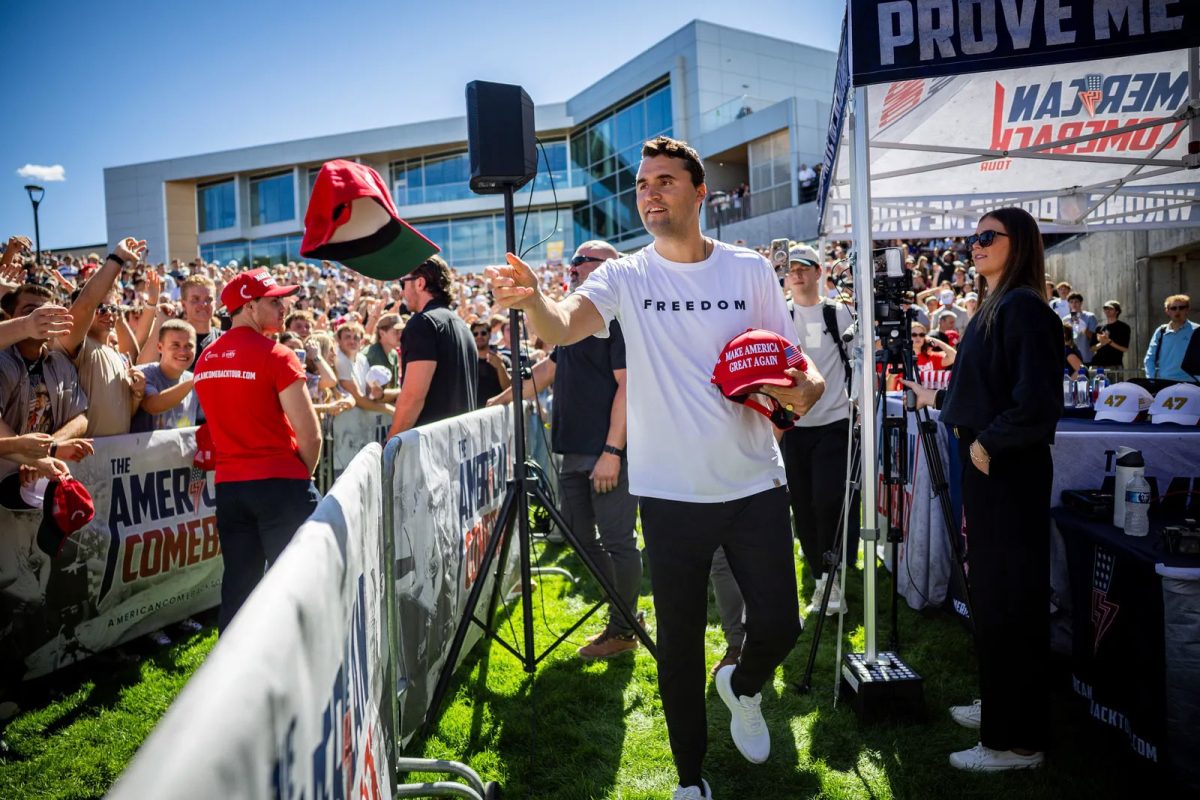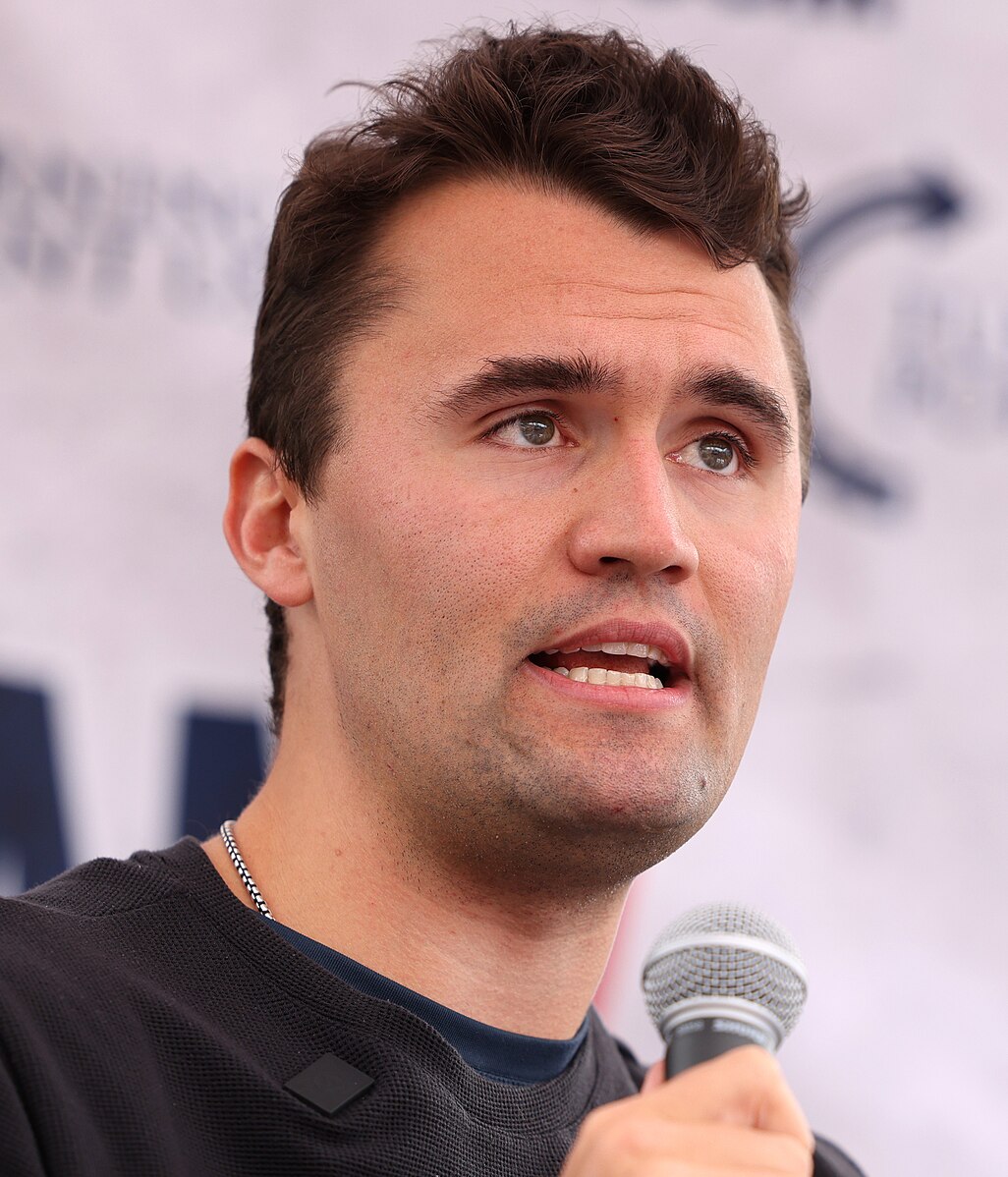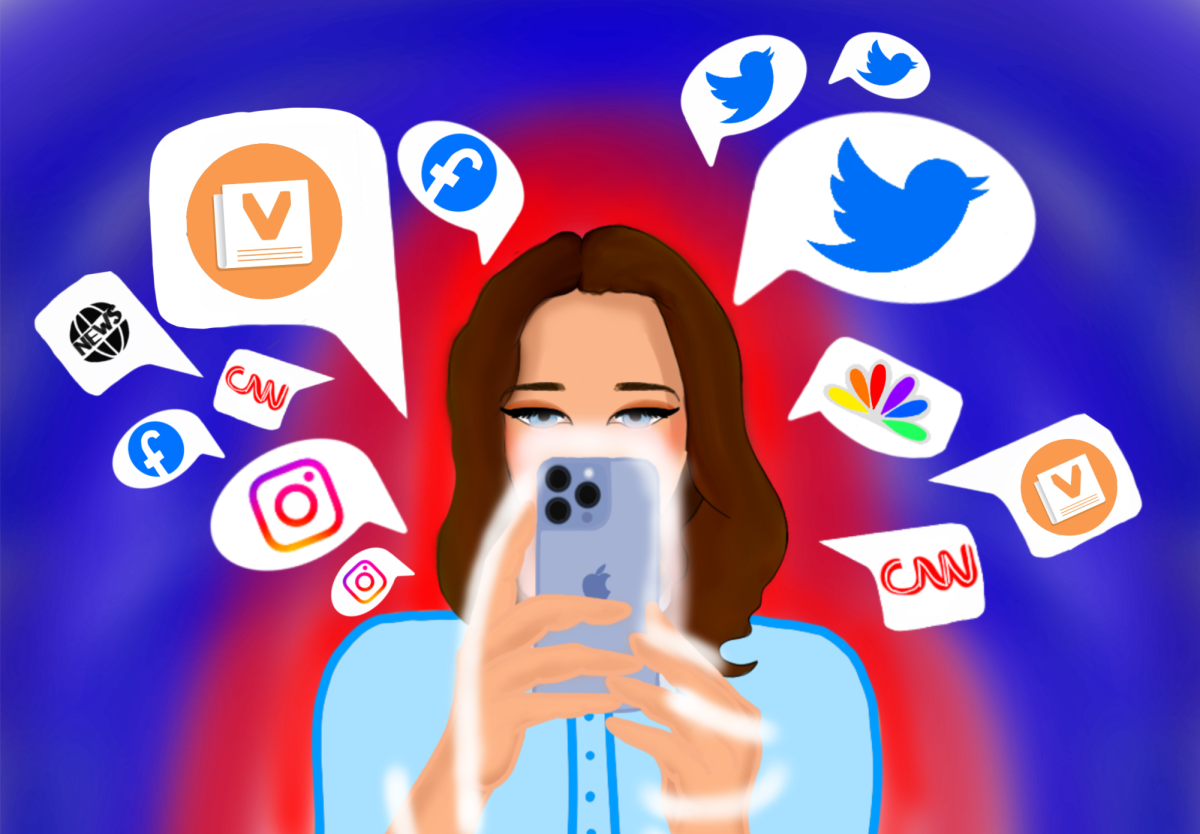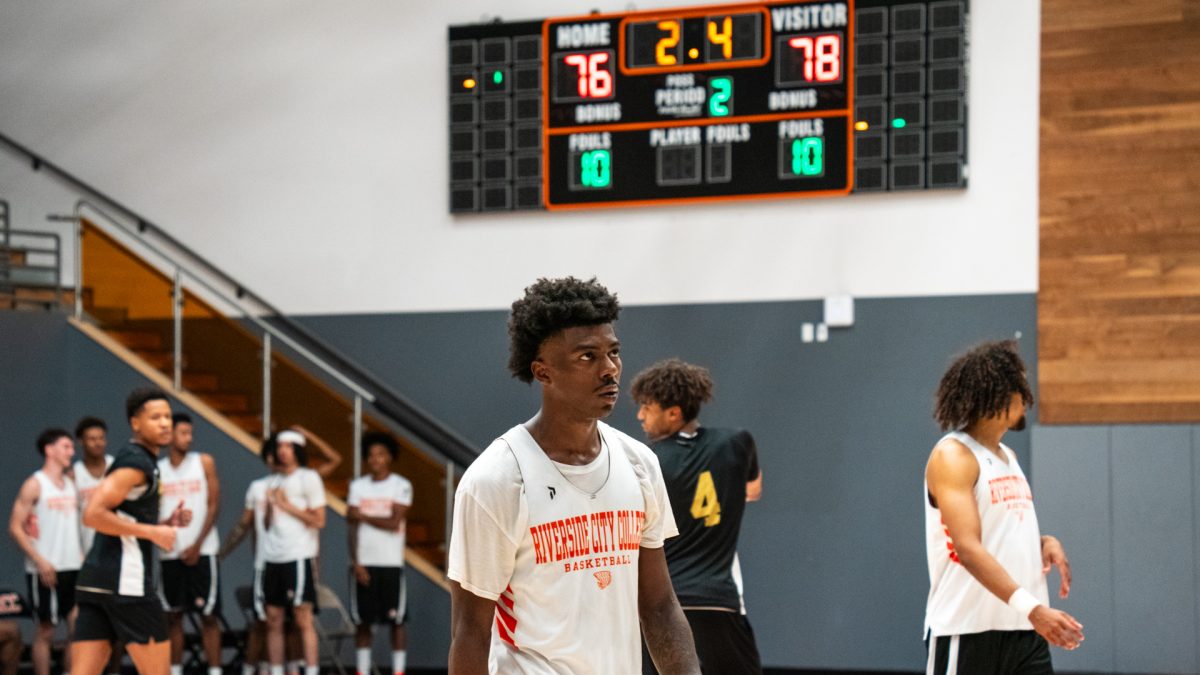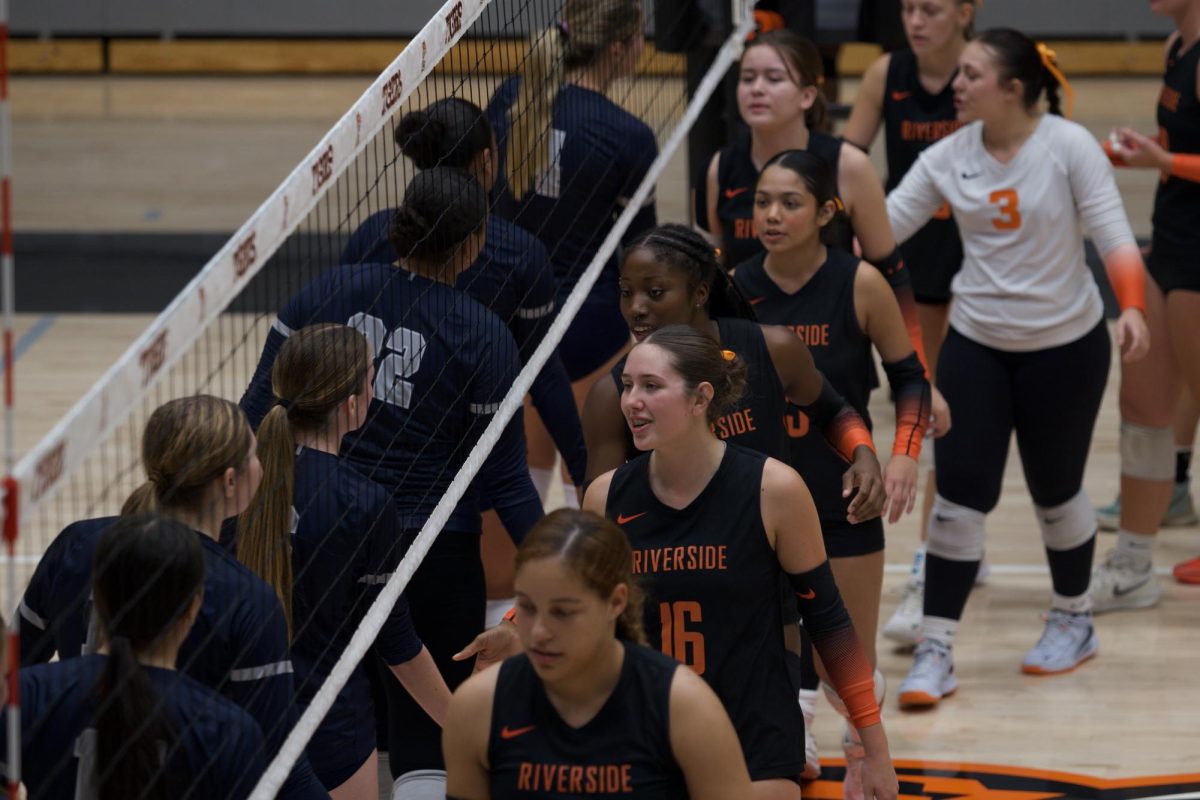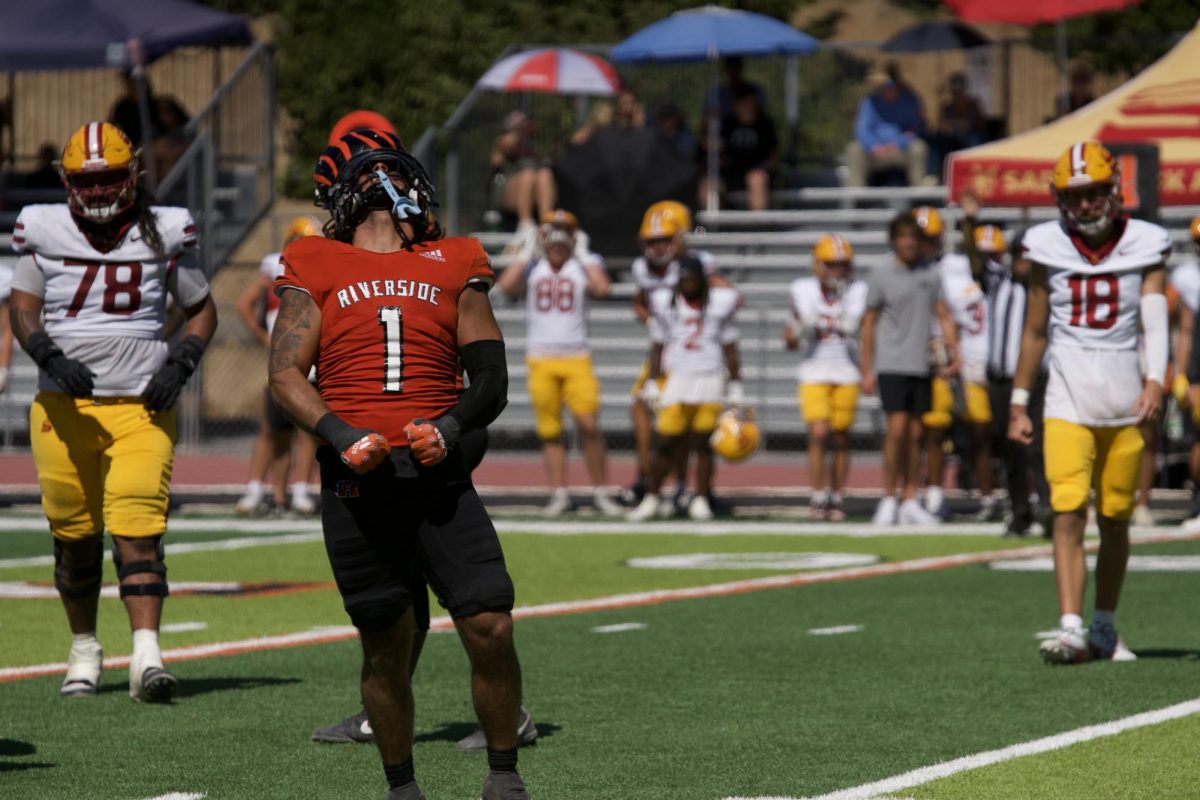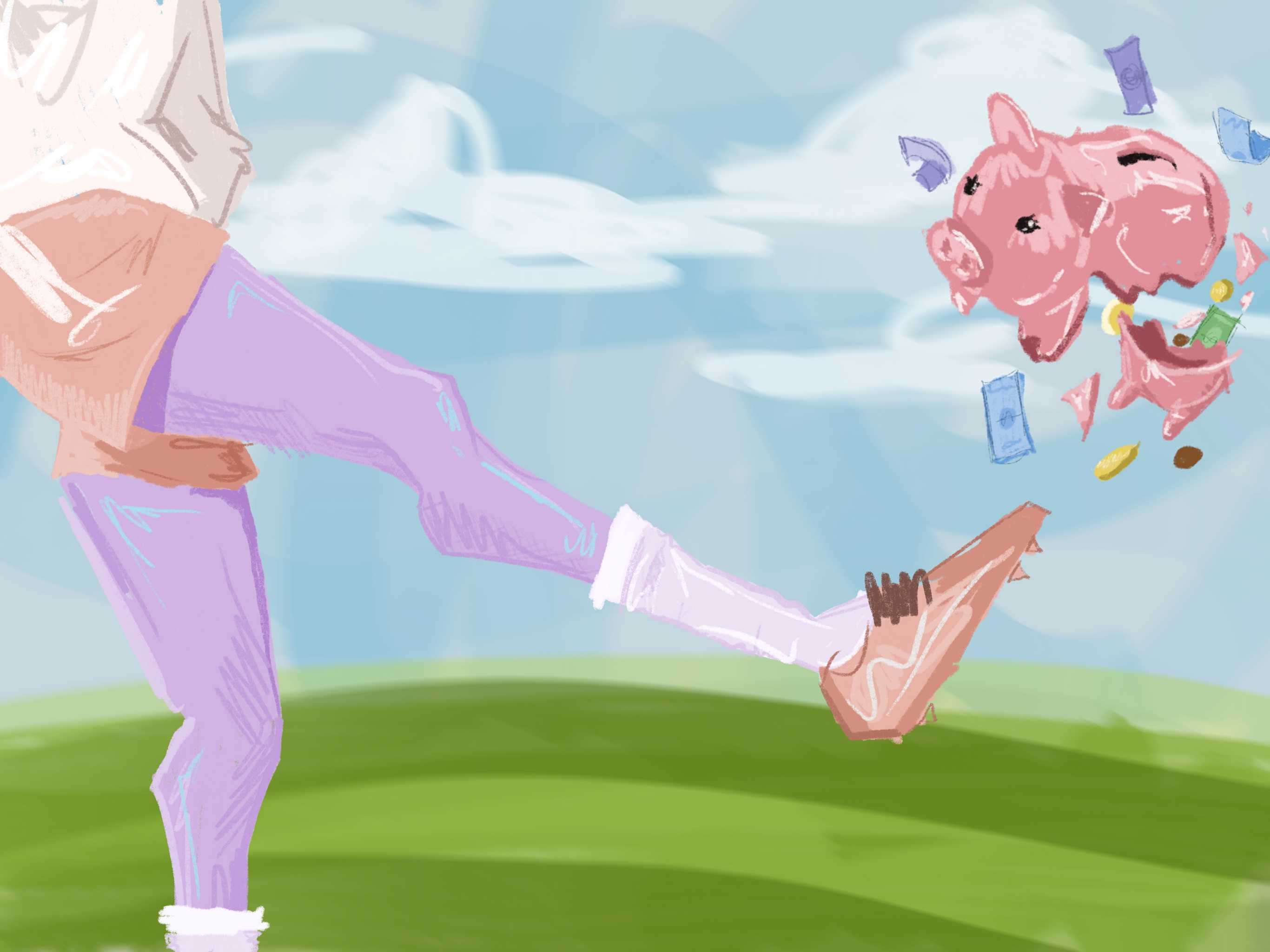
By Daniela Ramirez
The gender wage gap in sports is a taboo subject to most Americans.
Sexism and lack of representation is, in my opinion, the reason for this wage gap.
The problem isn’t the ability of these amazing women, it’s the lack of mass media representation. Less people watching means less money, and that’s less money going into women programs. This means less progress.
According to Forbes, the highest paid WNBA player, DeWanna Bonner, earned $127,500 in 2020. Conversely, the highest NBA player, Stephen Curry, earned $40.2 million. The National Pro FastPitch Softball League had $117,000 to split amongst its players in 2019. The Boston Red Sox had a $227 million split.
Media companies pick and choose what they show. Frankly, the way the system is set up makes men’s sports more popular due to the extensive publicity. Men’s sports are just more popular in American society.
I watched the U.S. women’s soccer team win the World Cup in 2015. The men’s team was eliminated in the first round.
Fans jumped on the women’s soccer bandwagon during the World Cup, but once it was over everything went back to normal. It should also be noted that the women’s bonuses to play for a national team is much less than the men’s bonuses.
In 2019, the women’s soccer team sued the U.S. Soccer Federation for gender discrimination. The women want equal pay among both teams.
Equal pay shouldn’t be a subject that requires lawsuits to achieve. It should be a given fact that any two athletes, regardless of gender, should receive equal pay if their performances meet the standards.
Sexism plays a huge role here. But the narrow mindsets people have today are not shocking. Many still believe women do not belong in sports and aren’t equal to men. Obviously, those same people are not watching any women sports, contributing to the lack of views television stations are getting.
Soon enough the ratings on women’s games may get low enough for the media to cut the programs all together, adding to the lack of representation.
Women will always be questioned, will always be sexualized and not taken seriously by some people. Other than ratings and funding, it’s the way society sets the standards for what it thinks sports should be.
Equal pay in sports, and in many other occupations, is a driving issue for many across the country. Payment should be based on performance shown through skills, not on gender.
If the issue is a lack of funding for women’s teams, obviously money is not being correctly distributed.
But since funding relies, in-part, on views, it is time for America to give women’s sports more of an opportunity.


